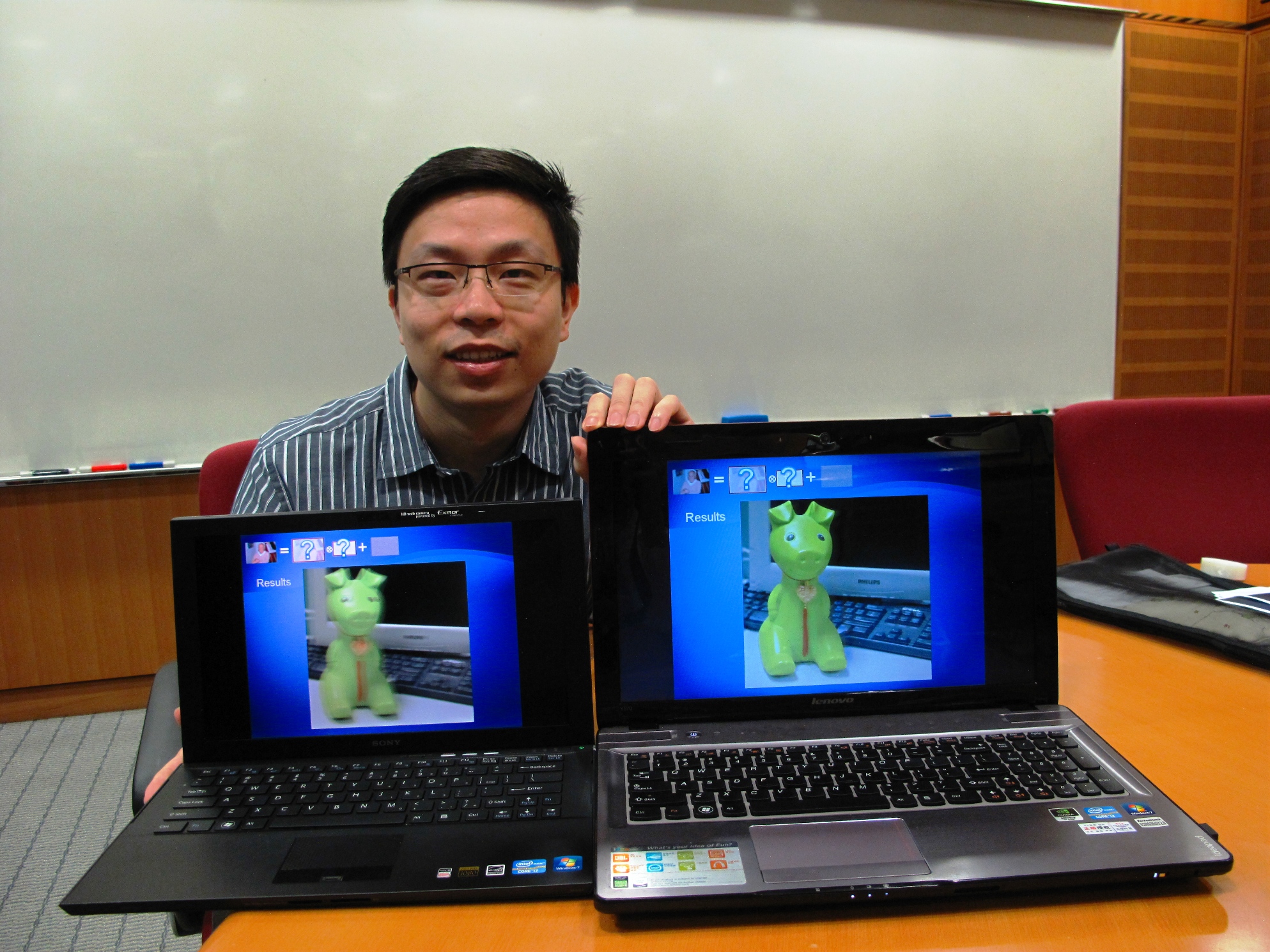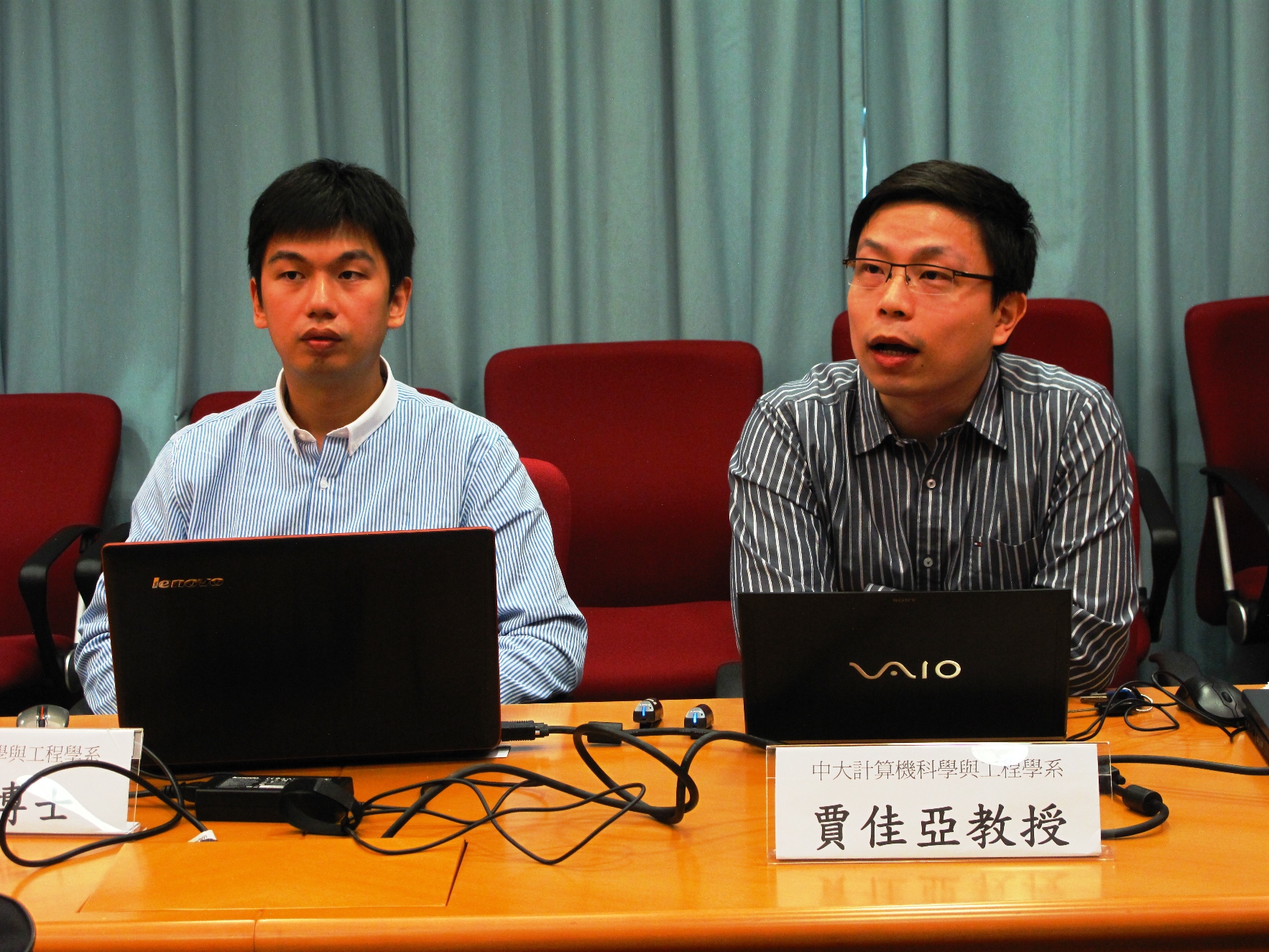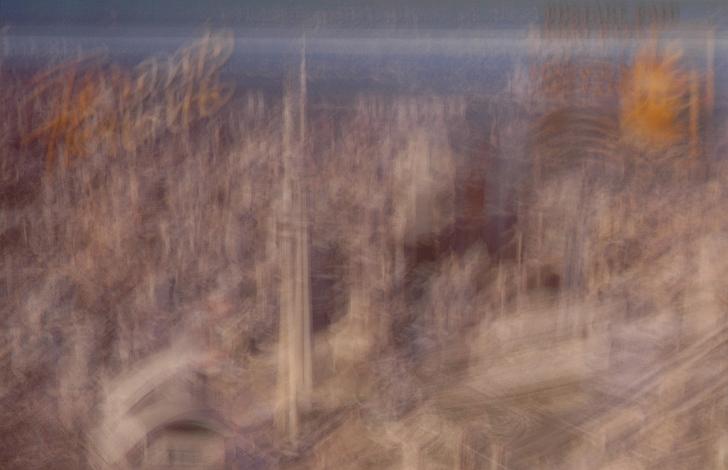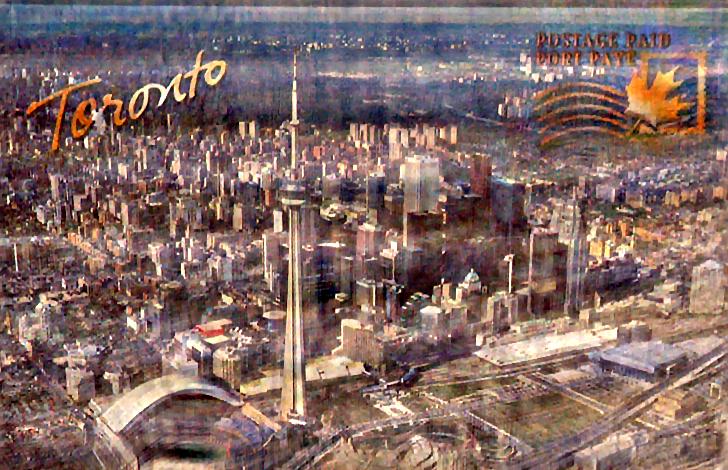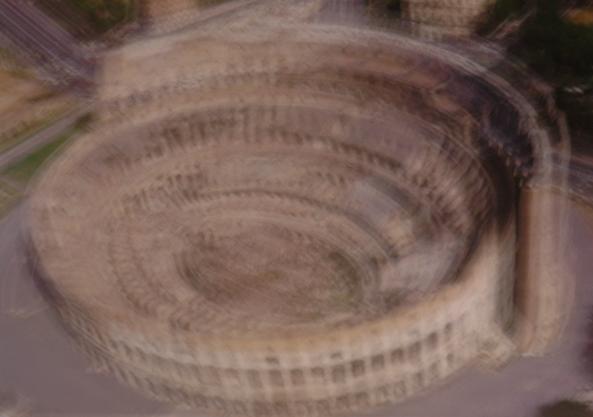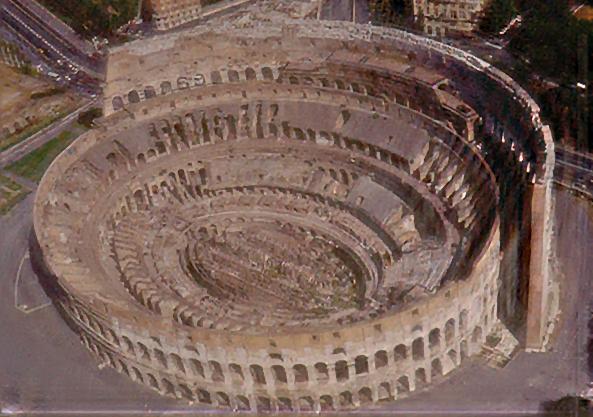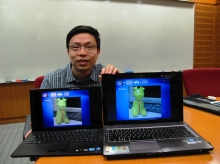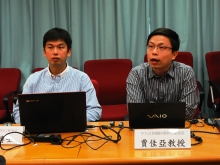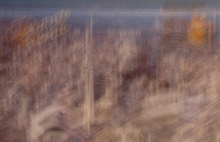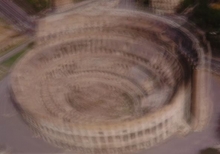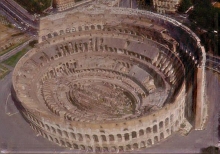CUHK
News Centre
CUHK Faculty of Engineering Achieved Breakthrough in Image Motion Deblurring Technology
The demand for visual entertainment and high-quality images is increasing with continuous technological advancement and popularity of digital imaging products. Most digital cameras available in the market carry anti-shaking and auto-focus functions, yet even professional photographers may face the problem of blurred images under insufficient lighting. Image processing software currently available in the market usually rectifies blurriness by just sharpening the edges of images, which is not the best solution. Many companies worldwide are working hard on developing deblurring technology, yet there is still a long way to go until application software can be developed. The estimation method used in the academic arena will even take several hours and much adjustment on data is needed to achieve image deblurring.
Prof. JIA Jiaya of the Department of Computer Science and Engineering at The Chinese University of Hong Kong (CUHK) has developed a world’s leading image deblurring technology to rectify blurriness in photos caused by lighting and camera shaking. Compared to the image sharpening technology, this new technique is more effective and efficient by increasing the image clearness by 100 times, and not more than 10 seconds are needed to process a photo with 1,000,000 pixels, which is a real breakthrough in image restoration technology.
Professor Jia and his post-doctoral fellow Dr. Xu Li proposed a novel kernel estimation method based on the integrated study on speed, reliability and user-friendliness, and took the noise control and ringing artifacts into consideration for restoring pictures from significant motion blur. The research team is able to efficiently and accurately reconstruct the blurry data in the recorded image with adoption of deconvolution, analysis of blur kennel and identification of the camera motion.
The research started last year and patent has been obtained in the US and in mainland China. Professor Jia's team ran continuous tests on various kinds of images, including night shots and shots of sports, wild animals and aquarium with positive results. Professor Jia is now looking forward to wider daily application of the technology and he also hopes it will help restore and preserve important historical visual data.
Please visit the following website for examples of deblurred outputs.
www.cse.cuhk.edu.hk/~leojia/projects/robust_deblur


